-
Posts
166 -
Joined
-
Last visited
Content Type
Profiles
Forums
Blogs
Gallery
Events
Store
Posts posted by rocketscientist
-
-
Badges 1,3 and 4 from left to right are not junk but commemorative badges of the Kremlin Regiment.
the "50 years of the Kremlin Regiment" was released in 1986, the one on its left in 1973.
The Veteran badge (the leftmost badge) could have been instituted in 1980 when the Veterans' Association was founded.
You can get more information by translating this
1 -
This medal looks very credible, in my opinion. I cannot find significant morphological differences with respect to my originals, nevertheless the reverse lacks of texture, as if the medal was never awarded. This is possible, also considering the outgrowth which was not removed. Such defects were very common during the struck of the medals, in many cases they were corrected by filing rather than rejecting the imperfect piece.
Here is my example of LoB of the same variation (left leaf pointing upwards) for comparison.
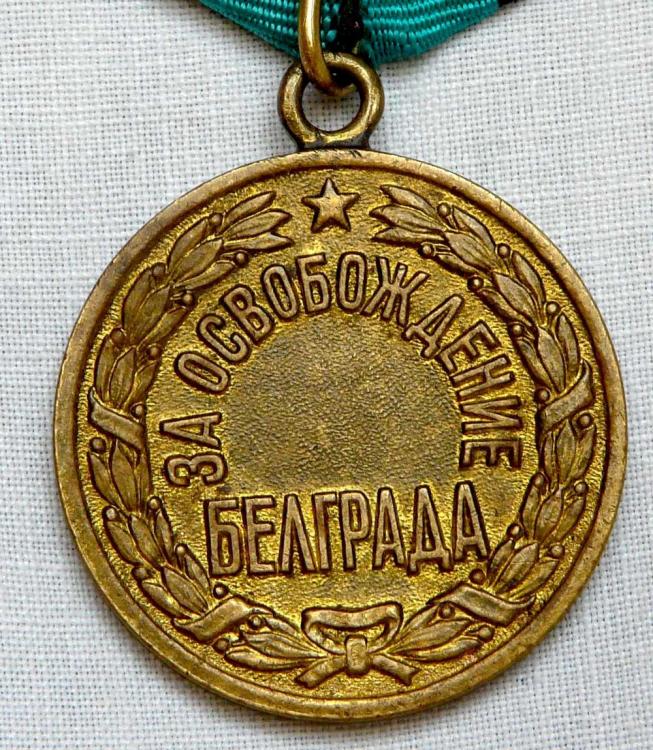
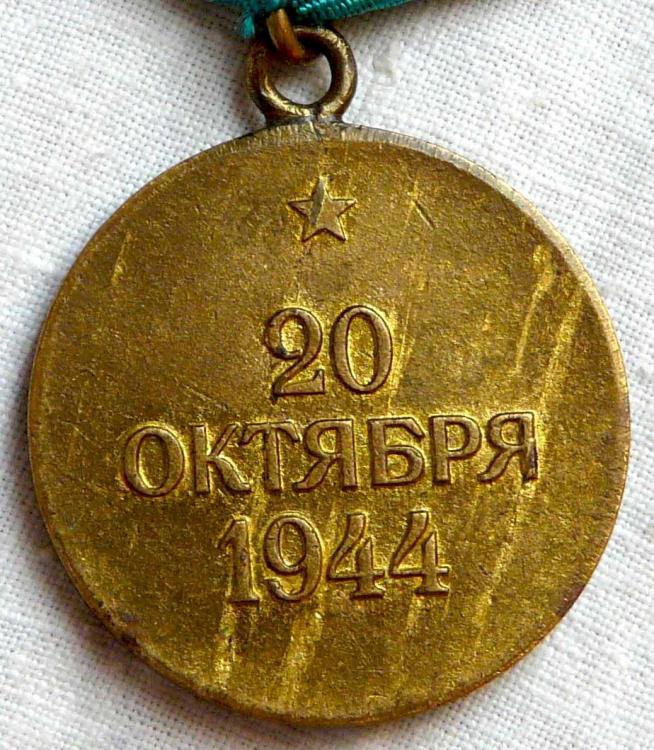 0
0 -
Awarding of Commemorative Medals for the WW2 campaigns was carried out until the fall of Soviet Union, and very likely also after the USSR had disappeared. I have seen an awarding booklet for Defense of the Polar Region dated 1995.
The term "Voenkomat" is often associated to a specific variation of the medals, corresponding to the Type 3 on most of the WW2 commemorative medals, which started being manufactured in the early 60-ies. In 1960, most of the WW2 veterans had already left the army, therefore late awards had to be collected at the Military Commissariats.
The suspension ring struck with the coin is the most important feature. Its implementation required completely new dies, both for the avers and the reverse of the medal. The font of the letters in "For our Socialist Motherland" changed in many details (see the picture with a side-by-side comparison between a Type 1 and a Type 3). The Defense of Kiev is a clear example of Voenkomat medal, since the award was instituted in 1961, and the medal only exists in the type 3.
0 -
On 11/20/2017 at 19:08, Marse said:
Speranza vana, sembra sempre di andare contro i mulini a vento, non regalano mai niente...

neppure un suggerimento...
0 -
Marse, I would like to see opinions on your Partisan as well. I hope that someone will revive this thread one day...
 0
0 -
I do not think this medal is original. The posted photos are small, unfortunately, a large scan of the coin would have been preferred rather than seeing the suspension (which is modern and not official, btw). Suspension are often replaced for various reasons and do not contribute to the assessment of authenticity of the medal (they do contribute to the final price during negotiation, of course).
My impression is that this medal is a cast copy, and the suspension ring is badly soldered. Again I see the worn out "H" (N) in the center of the reverse, which is a common detail among a large family of fake soviet medals.
0 -
I have a bad feeling about this medal, but I wouldn't draw any conclusion from the posted pictures. Spots of oxidation on the brass are not uncommon, therefore I think this only observation is not sufficient to make an opinion. On the other end, I do not like the details of the ear of stalin, nor the profile of his nose. There are also other details which look odd, but they might be light effects in the photo. You should provide larger scans taken from the front. Please post also the reverse, if you can.
0 -
From the pictures I do not see anything obviously wrong with this medal, but keep in mind I am not an expert and Odessa counts a variety of fakes of very good quality. Compared with the one published in mondvor website, there are anyhow some differences which might be due to illumination effects, like the general impression that there are too many details especially on the avers, compared to the general "soft" aspect of the odessa medal. Also in this case, the high contrast might be due to the light impingement angle. Let's see if other collectors will leave more conclusive comments.
0 -
It looks to me a voenkomat version, could be original but I am not an expert of late productions. Could you post an image of the full reverse?
0 -
It is a bad reproduction, for a number of reasons. Everything on the avers is too approximate. The suspension ring is totally unrealistic. In addition, I would be always prudent with medals showing such a strong wear traces in the middle of the reverse (look at the N (H) in нашу). Finally, the reverse of the medal shows details of the voenkomat versions, in contrast with the soldered ring.
0 -
-
I am keen to consider it as original, but with a replaced screwpost. The nut is recent, and has nothing to do with these proficiency badges.
0 -
So basically, the person paid for someone to say it was good without a guarantee. I need to get into that business.
Paul
Please don't...
0 -
I concur. All medals are original.
0 -
-
maybe here? http://www.mirnagrad.ru/cgi-bin/exinform.cgi?page=27&ppage=1
Amazon seems having it in their catalog, but out of stock
0 -
Super! Thank you for sharing, JapanX!
0 -
Thanks Sergio, your words are encouraging, but I still have some doubts on that partisan medal. I see some difference in the lettering of the obverse which make me nervous.
Your badge is very nice, and looks convincing. I am not an expert on these, I have no idea whether it would be worth being faked. However, I like its patina.
0 -
Right, I wonder as well...
 0
0 -
After more than two months, I have to assume this is a really difficult one, isn't it? :-)
0 -
The name Абууллажон (Abuullajon) sounds from Uzbekistan, but I found the family name DZHAMALITDINOV in Валдай (Valday, Novgorod, Russia). Elsewhere it is said to be from Solokh-Aul in the Krasnodar region.
0 -
Another medal for assessment of originality... This time a Partisan of the GPW, first class in silver, apparently a Variant 2 according to Mondvor. If I compare this medal to the sure original shown on Mondvor site, I notice some differences in the letters of the avers, for instance the first "O" and the "ч" of ОтечеÑтвенной, as well as the last letters of the word "войны", which seem larger than normal, but this could be flattening due to wear.
Thank you for leaving your comments.

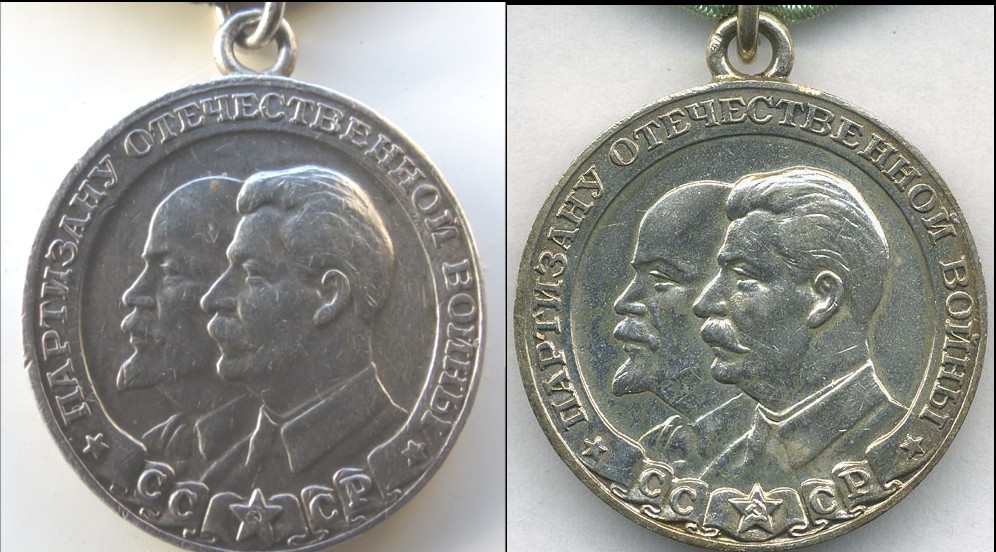
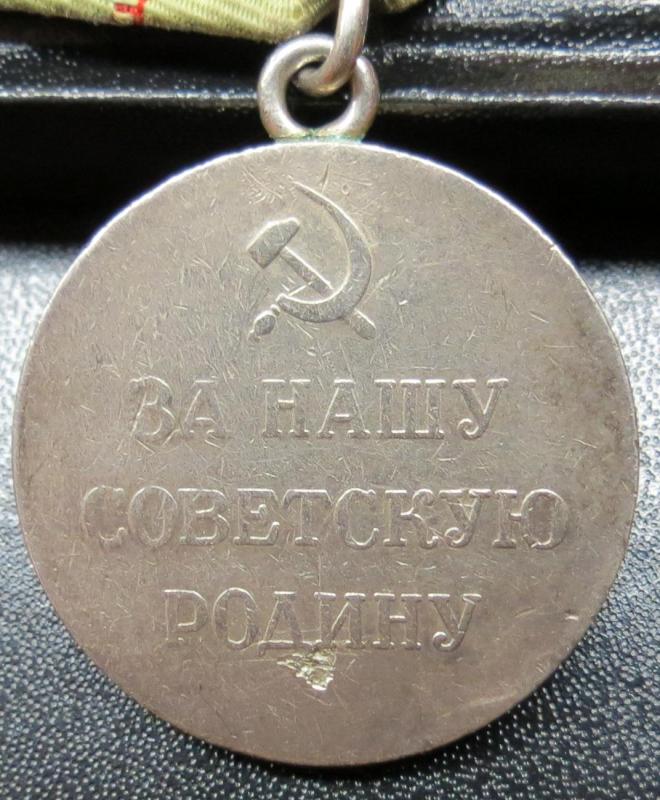 0
0 -
I am sorry as well, Nick! I paid a fortune...
 0
0 -
I repeatedly fail in getting original Academy Badges for my collection. This one was promising, but apparently everything is wrong with the ввмиу plate. I have been told that they are always secured to the rhomb by means of clasps. This one seems just glued. Pity, because the other elements of the badge look proper.
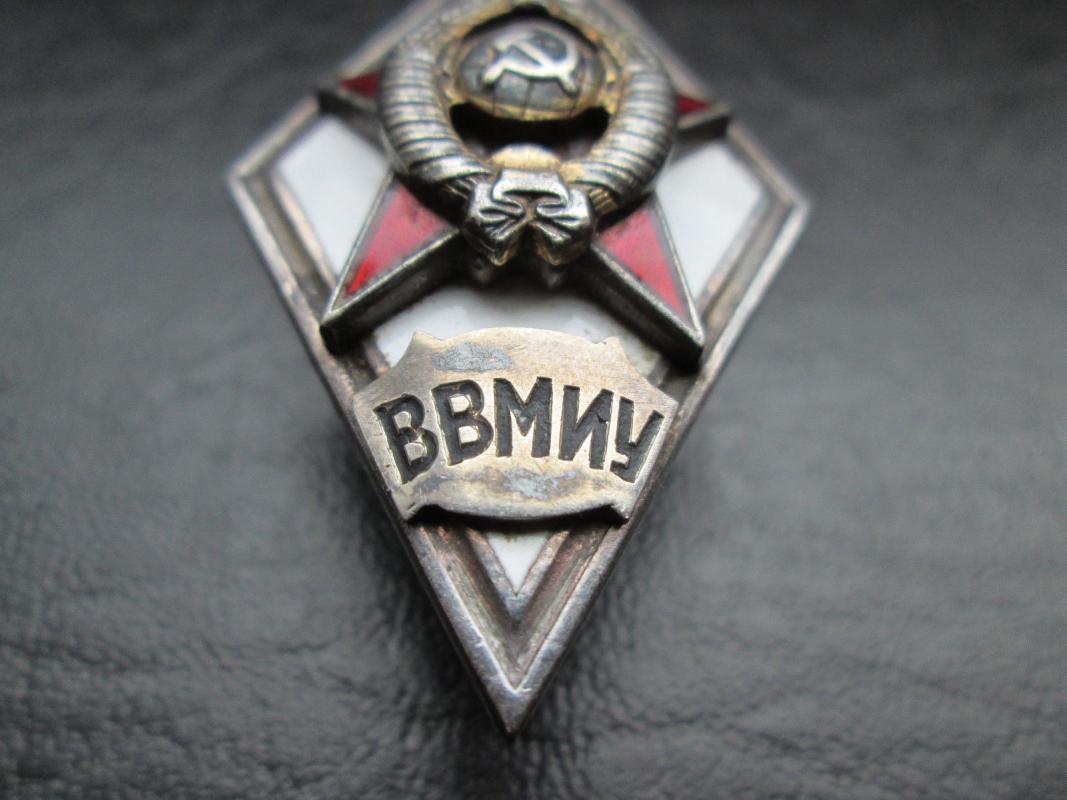
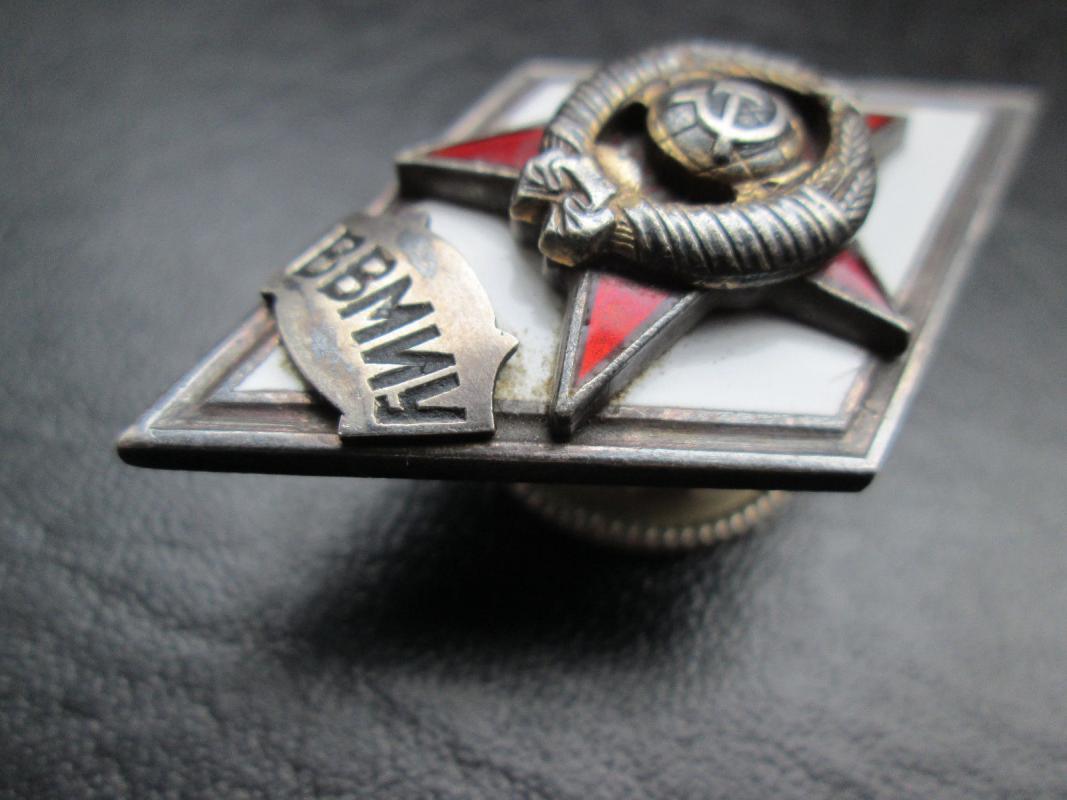
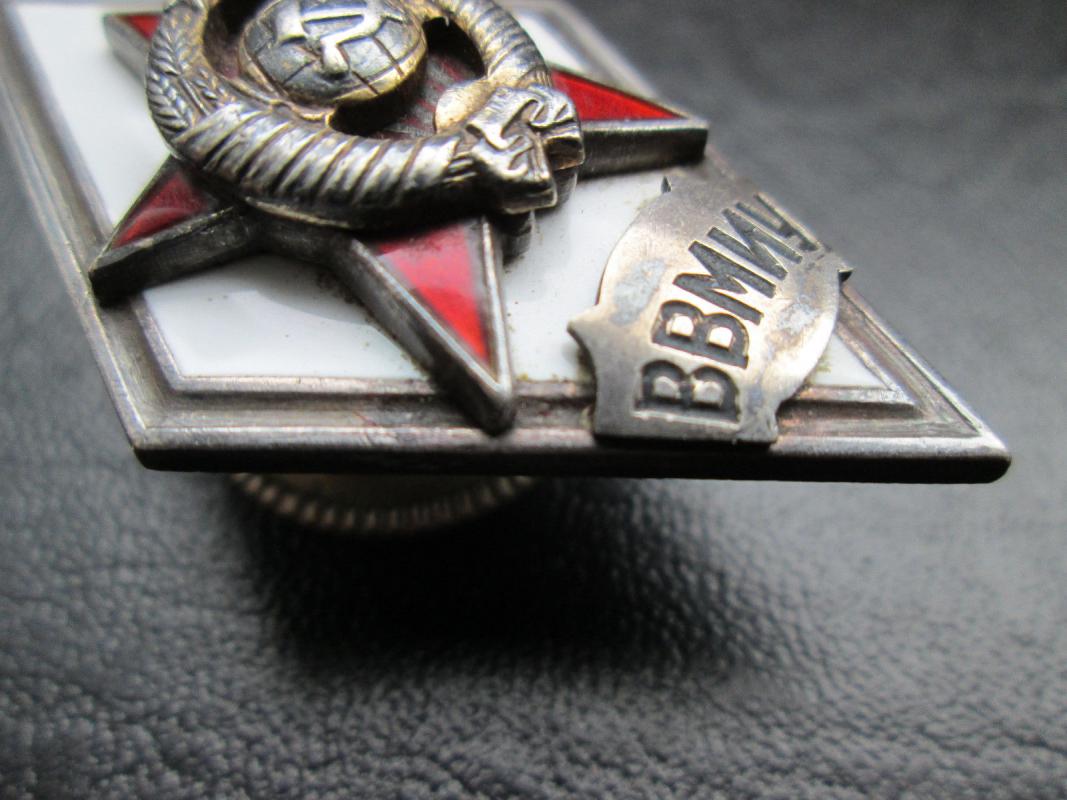

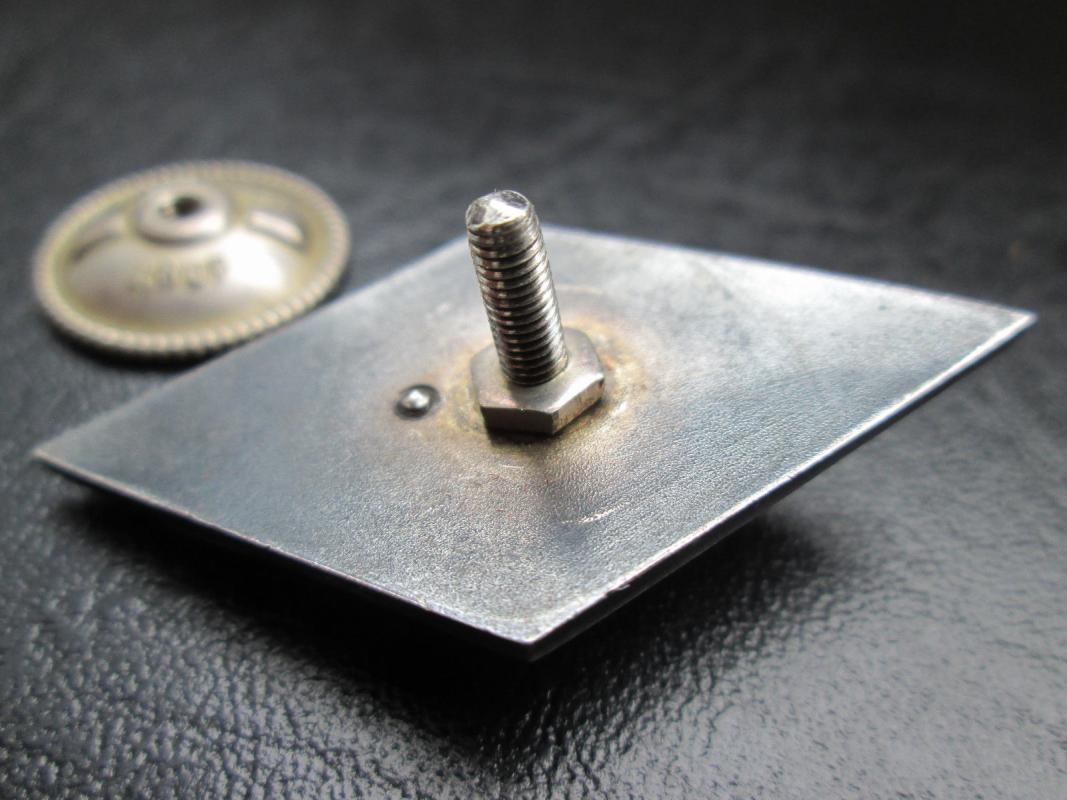
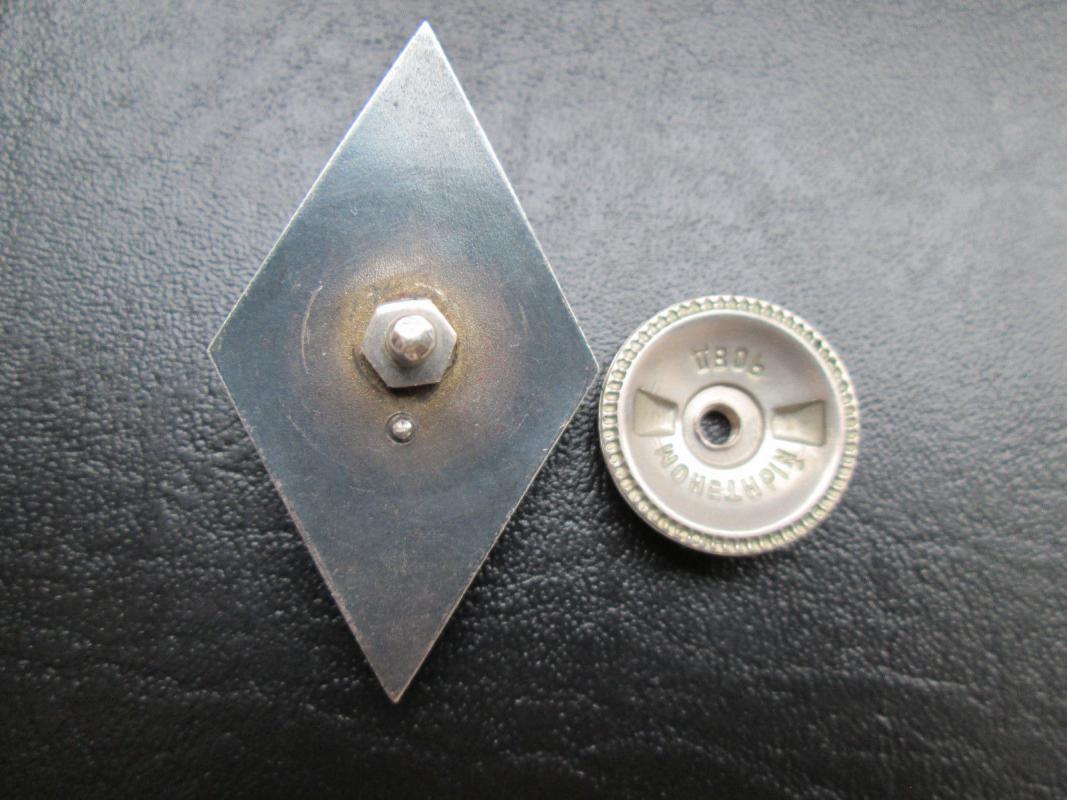 0
0




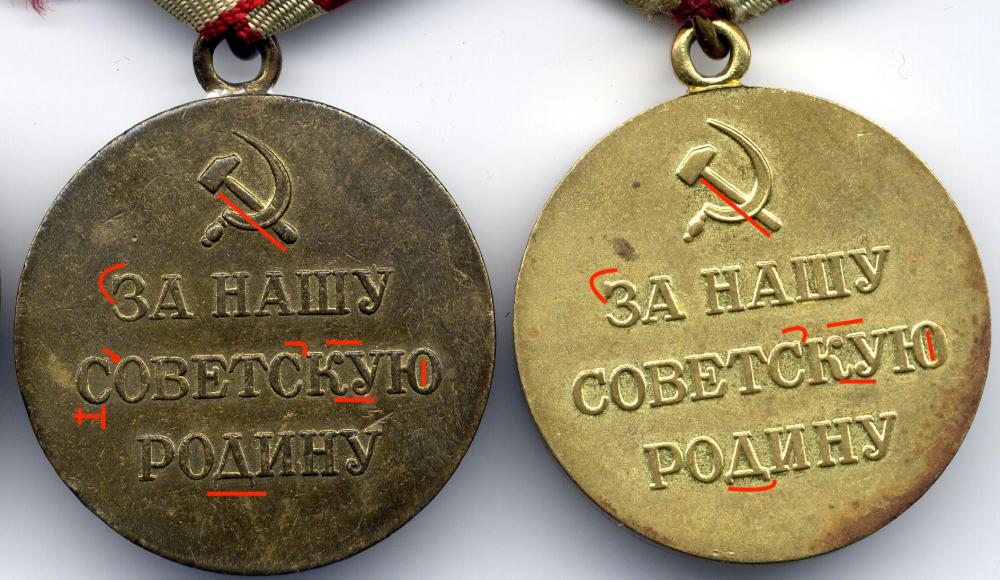

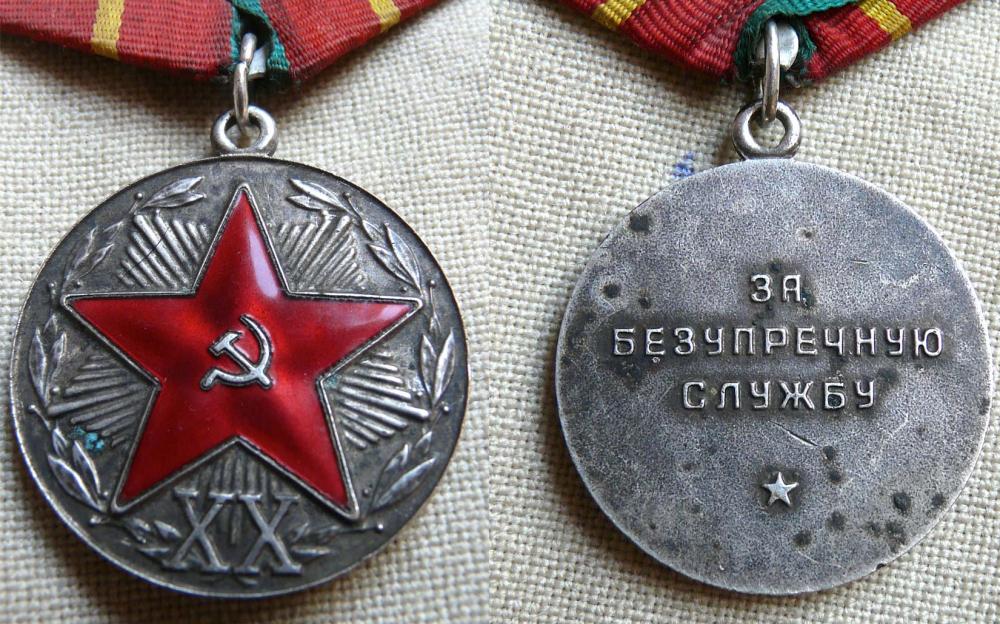
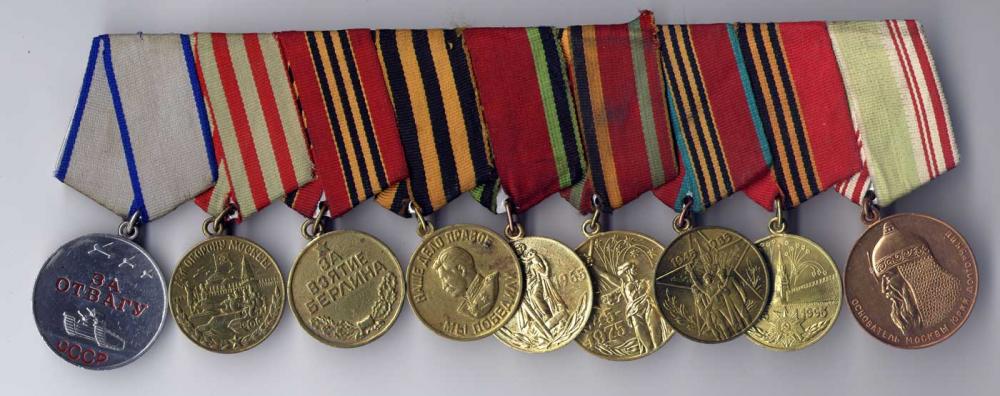
The Soviet Union A small group of 3 Jubilee Medals
in Russia: Soviet Orders, Medals & Decorations
Posted
Very interesting set of rare variations of these jubilee awards which are definitely not easy to see around. It is even more exciting knowing name and facts about the recipients!
Thank you for your posts.